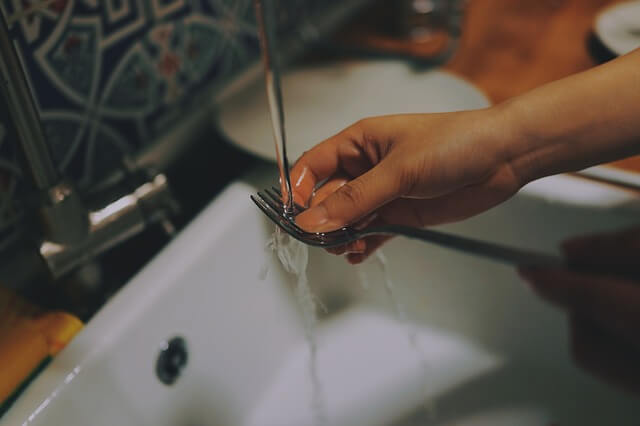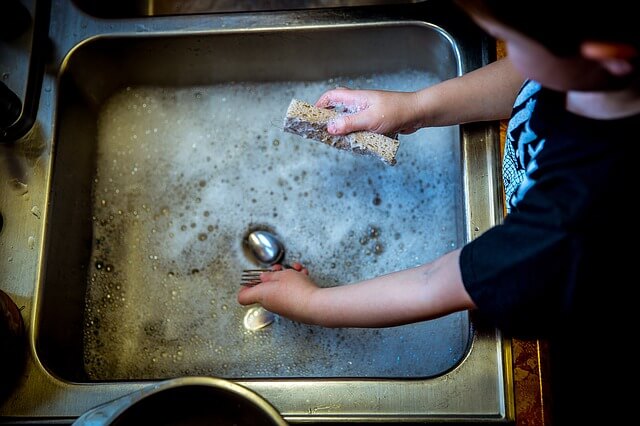
Sponges and dishcloths are excellent tools for wiping up messes from the countertops and washing the dirty dishes. Having been made from a highly absorbing material, they quickly absorb liquid and oil spills from the surfaces. While cleaning they also absorb harmful foodborne pathogens, which can even lead to food poisoning, if you keep on using them without cleaning. In fact, these are one among the grimiest items in your kitchen.
Being wet and covered with food particles, they easily promote bacterial growth, which can further contaminate dishes, surfaces and other utensils in the kitchen. Neglecting to clean these cleaning tools can contaminate food and give you and your family frequent stomach ache and digestive problems.
The risk of cross-contamination can be prevented dramatically with regular cleaning. When we say cleaning these cleaning tools, it involves meticulous cleaning and disinfection.
How to Clean Dishcloths and Sponges? Will the Same Process Work Well for Both?
Despite performing the same function, the cleaning process is different for these two. Whether it’s a sponge or a dishcloth, routine rinsing with soap and hot water do not eliminate harmful pathogens. Sanitization is recommended for efficient reduction.
Sponge Cleaning
If it’s foam without a metal scrubber, heating the damp piece in the microwave or running a one-minute dry cycle of the dishwasher can kill 99 percent of bacteria, yeast, and mold. To ensure maximum germ removal, they can be soaked in the solution of one-quarter and a half teaspoon of concentrated bleach and warm water. Soak it for one minute then squeeze out and let it air dry. Soaking allows deep penetration of this mixture and kills all the hidden bacteria.
Besides cleaning and disinfecting regularly, replace them frequently. Avoid leaving them over wet surfaces and store them in a dry location. This will limit rapid multiplication of harmful bacteria.
Use paper towels or disinfectant wipes to clean meat juices and greasy spills from the countertops instead of sponges to avoid spreading large quantities of pathogens. This also reduces the potential for cross-contamination.
Cleaning Dishcloths
Dishcloth is a preferred choice to clean up spills from the countertops and stoves after completing cooking. No matter how much effort you do to keep them clean and dry; they remain capable to harbor pathogens like sponges and promote the spread of germs. In fact, disinfection is inevitable for stopping them to spread germs. A damp and smelly piece of cloth is clear indication of germs. Such cloths must be replaced. As far as washing is concerned, always wash them on the HOT cycle in a washer or soak them in the mixture of hot water, detergent, and bleach.
You must know how to clean dishcloths and sponges to kick out maximum germs to maintain an optimum level of hygiene for your family. If left dirty, it takes less than 24 hours to get occupied with the germs. To ensure food safety always keeps all the cleaning tools and surfaces clean and germ-free.
Endnote: Dishcloths and sponges can be the number one source of household germs. They can carry pathogens more than a bathroom. An apparently clean item can even carry thousands of bacteria.
Also read: http://www.newspeakblog.com/clean-cement-floor-easy-way/

